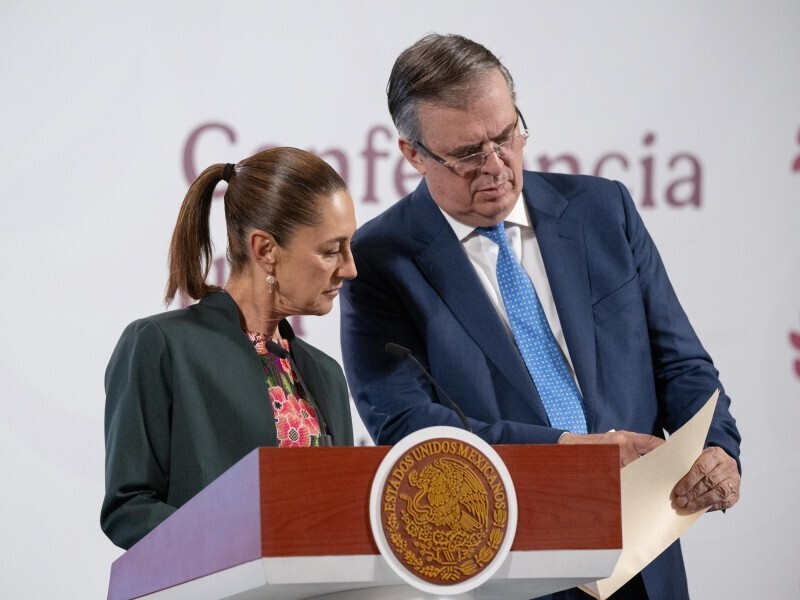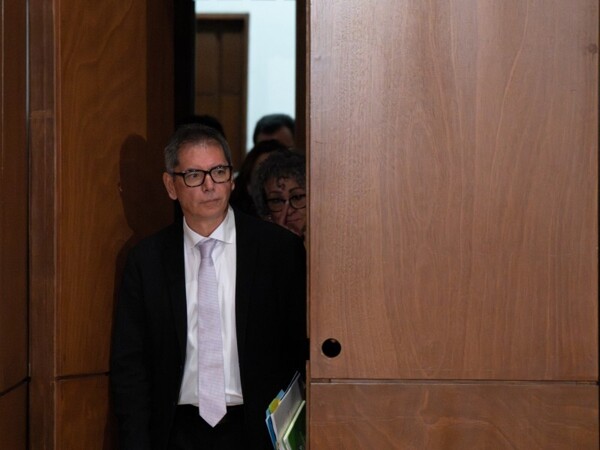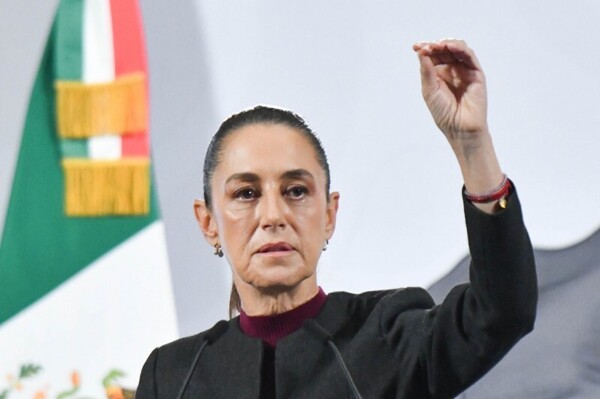
Analysts observe stability in existing operations but little decision to launch new projects amidst regulatory and commercial uncertainty. From Banco Base, Gabriela Siller points out that the growth of new investment in 2025 follows sharp declines in 2023 and 2024. According to Ostolaza, in 2025, some companies are financing their Mexican subsidiaries through internal debt because it is cheaper than funding in pesos. Analyzing the components, Paredes agrees that, despite a partial rebound, Mexico is still not attracting large-scale new investment. The announcement by Economy Secretary Marcelo Ebrard about a 'historic record' of foreign direct investment in the third quarter has reopened a familiar debate among analysts: the use of preliminary figures from the Ministry of Economy compared to the revised data published by Banxico. No one disputes that, in the preliminary series, the figure is the highest. However, some analysts consulted by LPO suggest this could create an inflated perception of real dynamism. Ebrard contradicts Moody's and boasts a record $41 billion in foreign direct investment. Rodolfo Ostolaza, Deputy Director of Economic Studies at Banamex, explains that the practice of using preliminary data has technical backing as it is calculated internationally. 'The same has happened in the past, and the practice of the SE always highlighting the preliminary data has been criticized by analysts precisely for these discrepancies,' he concludes. Delia Paredes, a partner at Transeconomics, warns that calling preliminary figures a record is not methodologically sound. 'New investment rebounded by more than 200%, but it came from very low levels after two years of sharp declines.' 'When Banxico publishes the Balance of Payments (November 25 for 3Q25), it incorporates significant revisions (additional surveys, reconciliation with foreign counterparts, accounting adjustments, etc.),' she states. Even with the rebound, it remains more than 50% below the level it had in 2022. The 2026 USMCA review and regulatory uncertainty will continue to condition the speed at which these decisions materialize into real projects. For analysts, the 2025 inertia can be sustained if new investments from 3Q25 are maintained and nearshoring regains traction. But all agree that the 2026 USMCA review and regulatory uncertainty will continue to condition the speed at which these decisions materialize into real projects. The problem is that these figures are often revised a few months later, and when compared to the revised ones, the growth appears much more moderate. Reinvestment of profits fell by almost 10%, and this is the most concerning element as it is usually the most stable. The jump in intercompany accounts, by over 100%, mainly reflects intragroup financing and not necessarily new projects. But he admits the result can be confusing. He points out that without definitive data, there is a risk of overstating a rebound that may be adjusted later. 'The practice of the SE always highlighting the preliminary data has been criticized by analysts precisely for these discrepancies.' The analysis by components also shows a more complex picture than the record headline. 'He compares it to the historical series but uses the FDI data from the SE for the latest figure,' he says, adding that this does not invalidate the 'record' announcement (because it is in the preliminary series), but it does create a perception of overestimating the dynamism when the definitive data (known several quarters later) shows a more modest growth.













